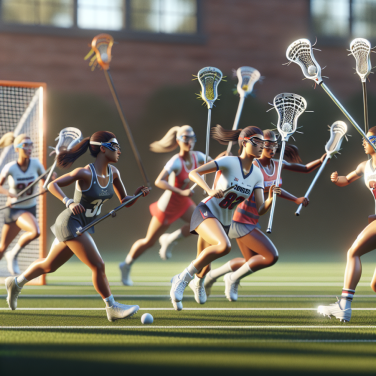Navigating the Impact of Penalties on Team Performance
Navigating the impact of penalties on team performance extends well beyond the personal narrative of a hockey star facing penalty box time. When a player is sent to the box, the implications reverberate throughout the entire lineup and coaching staff, prompting immediate strategic adjustments.
One key aspect that coaches and players must confront is the sudden shift in team dynamics. Playing short-handed means there's more ice for the opposition to exploit, and teammates must compensate for the absence. This often involves the adoption of more conservative playstyles, prioritizing defensive positioning over offensive risks. Teams that adapt swiftly and efficiently can minimize the impact of being one player down, sometimes even turning it into an opportunity to seize momentum through aggressive penalty killing.
Special teams' training becomes pivotal under these circumstances. A cohesive penalty-killing unit is a sign of a well-prepared team. Such units practice extensively on positioning, stick placements, and blocking shooting lanes, ensuring that they can challenge opposing power plays effectively. Consistent performance from these special units can discourage opponents from taking liberties with the puck, knowing that an aggressive penalty-killing team might capitalize on mistakes to create shorthanded scoring opportunities.
The psychological toll on the penalized player and the rest of the team also warrants management. The offending player must process guilt and frustration, often battling a mix of emotions and the impulse to make amends. It's crucial for the coaching staff and teammates to maintain a positive atmosphere and support the penalized player, thus preventing a single penalty from causing a more profound division or slump in morale.
Moreover, teams have to prepare for the potential variance in officiating. There's an inherent unpredictability when it comes to penalties - some games are called tighter than others. As part of managing this uncertainty, teams often develop contingency plans. This may include having depth players ready to take on increased roles, adapting to referee tendencies early in the game, and captains communicating effectively with officials to understand and possibly influence calls.
During practice sessions, mock penalty scenarios are vital. They not only give penalty killers and power play units a chance to hone their skills but also help skaters adjust to different on-ice situations. These sessions ensure that all players understand their roles when penalties occur and can execute the shifting strategies fluidly.
From a player development perspective, penalties create teachable moments. Reviewing penalty-causing plays can yield insights into decision-making, positioning, or emotional control.
Read also:
Who is Soccer Ya? A Deep Dive into Their Impact on the Sports Industry"
The Dual Edges of Aggression: Star Player's Dilemma in the Sin Bin
In the heat of competition, aggression can be both a player's most formidable weapon and their Achilles' heel, particularly in a sport as physical and intense as hockey. Skating on the thin ice between assertiveness and outright hostility, the star player often confronts a significant dilemma—one that is underscored when their competitive spirit lands them in the penalty box.
On one edge of this duality, aggression is requisite. It fuels the relentless forechecking, the will to muscle through the opposing defense, and the grit necessary to fight for every puck. The star player's hard-hitting style can be an exhilarating sight for fans, galvanizing for teammates, and intimidating for opponents. This level of aggression is often what separates good players from great ones, as it can directly contribute to game-changing moments and turn the tides in crucial games.
However, there rests the other edge of this sharp blade. Overstep the boundaries of controlled aggression, and the consequences can swing in favor of the opposition—a reality that becomes palpable as the player watches the game from the sin bin. The line between a check that inspires a team and a hit that lands a player a penalty is fine, and in the high-speed intensity of the game, it can be crossed in an instant. Conceding power-play opportunities to the adversary is all it takes for the momentum to shift and potentially cost the team precious points.
This balancing act is particularly critical for star players, those who are often the leadership core of the team. While their aggressive play can be the driving force behind a victory, there is an expectation that they keep their composure, for their absence on the ice is felt more profoundly. Each trip to the penalty box not only dims their team's competitive edge but also provides space for the opposition to exploit vulnerabilities and notch up the scoreboard.
The management of this aggression then becomes essential. Players learn to skate that fine line through experience, knowing when to unleash their physicality and when to reign it in. Coaches and sports psychologists work tirelessly to impart strategies that help players channel this energy positively without losing the fiery essence that makes them effective on the ice. Yet, every match is a new test, every encounter with an opponent a fresh challenge to that balance.
It is this dilemma that creates a thrilling, if nerve-wracking, dynamic within the game of hockey.




